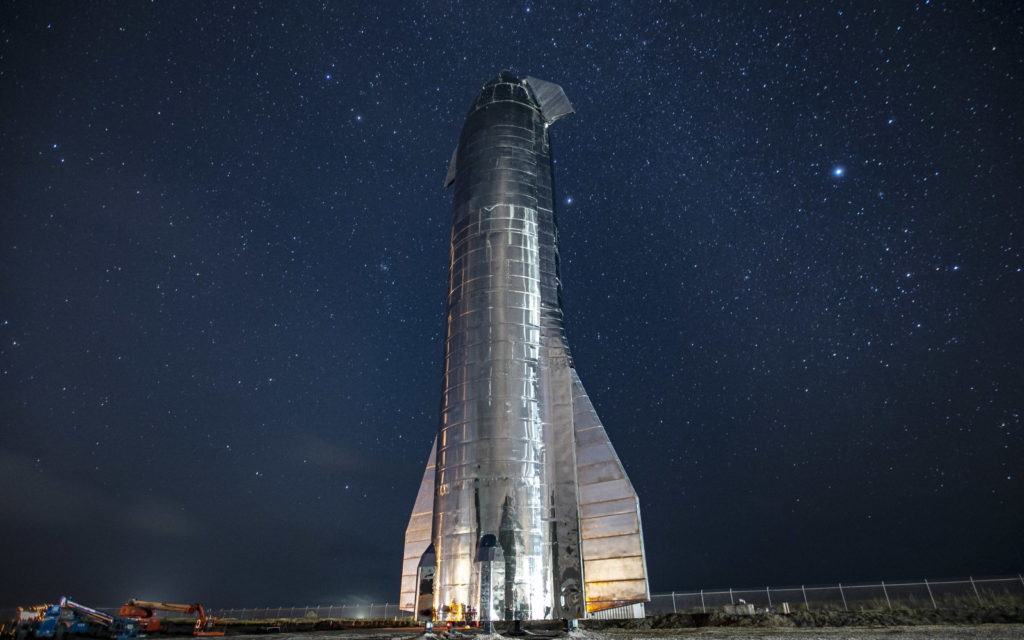SpaceX and Blue Origin awarded NASA contracts to develop moon lander concepts for future Artemis missions

NASA has awarded a combined $146 million in contracts to five companies, including SpaceX, Blue Origin and Dynetics, to develop lander concepts as part of the agency’s Artemis program.
The awards include $26.5 million to Blue Origin; $40.8 million to Dynetics; $35.2 million to Lockheed Martin; $34.8 million to Northrop Grumman; and $9.4 million to SpaceX. Only two companies that submitted proposals, Blue Ridge Nebula Starlines and Cook & Chevalier Enterprises, did not receive contracts.
The contracts were awarded under NextSTEP-2 (Next Space Technologies for Exploration Partnerships) Appendix N: Sustainable Human Landing System Studies and Risk Reduction. The solicitation, released at the beginning of July, says the objective of the contract is “to engage with potential commercial partners for concept studies, sustaining HLS concept of operations (ground and flight) development, and risk reduction activities.”
What that means in practice is that the selected companies will develop lander design concepts, including conducting component tests, and evaluate them for things like performance and safety.
These awards are separate from the Human Landing System contract that was given to SpaceX earlier this year — the one that both Blue Origin and Dynetics disputed to a government watchdog, and that Blue Origin later opposed in a lawsuit against NASA that’s still ongoing.
Feds dismantle Blue Origin and Dynetics protests of NASA’s SpaceX lunar lander award
However, the outcome of this batch of awards will likely inform future lander development contracts through the rest of the decade. “The work from these companies will ultimately help shape the strategy and requirements for a future NASA’s solicitation to provide regular astronaut transportation from lunar orbit to the surface of the Moon,” the agency said in a statement.
The Artemis program was established in 2020 with a number of objectives, not only to return humans to the moon for the first time since the days of Apollo but to make such travel routine by the late 2020s. NASA isn’t just stopping at the moon; the agency also wants to expand into inter-planetary exploration, including human missions to Mars.
